Jardin de Rocailles (Rock Garden) at Ermitage du Mont CindreÉmile Damidot (Brother François) ( ? – 1910)
Extant
Saint-Cyr-au-Mont-d'Or, Auvergne-Rhône-Alpes, 69450, France
The Jardin de Rocailles is typically only open to the public on Sundays during July and August, on days of European Patrimony, and on other occasions related to church activities.
About the Artist/Site
Approximately three centuries ago, a monk now known only as Brother Henri felt that his religious feelings weren’t able to be adequately expressed as part of the large community of brothers residing in the great Abbey on the Barbe Island, located in the middle of the Saône river, near Lyon. He therefore asked permission from his elders to isolate himself on top of Mont d’Or, and to found a hermitage on the summit of Mont Cindre, one of the seven hills of Mont d’Or. He did so, and for three centuries religious hermits lived and worshipped in the reclusive chapel. After the 1789 revolution, the French State seized control of the Hermitage and then sold it to one of the village’s residents. But the locals resisted, and in 1800 they repurchased the site with the proceeds from their harvests, so that monks from the religious orders could once again sanctify the grounds.
On April 1, 1878 Emile Damidot arrived at the Hermitage. Not really a hermit, as a mason and true craftsman he was more inclined to physical labor than to private prayer, and he saw in the Hermitage grounds and the modest chapel buildings the opportunity to create a more elaborate complex for religious devotion. He began gathering small pebbles from the local roads, adding colored glass fragments and other smaller found objects, embedding them all within the new material of the time: “artificial stone,” or cement, which he used to cover his steel framework infrastructure. He added gutters to catch the rain water from the rooftops, building basins and planting flowers. He built numerous niches and installed figures of saints within, and planned out winding paths leading to small shrines that provided opportunities for contemplation and prayer. The highest constructed point is 12 meters (almost 40 feet) high. Damidot continued working on the site until his death, 39 years later. The church did not replace him, so Brother François was the last hermit to live at Mont-Cindre.
Some 42 years after his death, painter Louis Touchagues of Paris decided to renounce his worldly life and dedicate himself to a life of piety. He, too, retreated to Mont Cindre, and he began to create a series of frescoes on the chapel walls. His subjects included his father and local residents, as well as sacred images. Later, another artist, sculptor Jean Rosset, also added several painted sculptures to the site, most of which are roughly carved from tree trunks and installed around the garden.
With the passage of time, both the frescoes and Damidot’s concrete grottoes began to deteriorate. Although in 1998 a campaign to restore the frescoes was successful, over the decades the garden itself had fallen into complete disrepair, and, in 2009, a vigorous discussion took place as to whether a restoration campaign should be organized or whether all of the constructions should be demolished. The following year, it was agreed that the site would be an appropriate candidate for soliciting public funds to finance the restoration work, and, with an initial budget of 50,000€, work began on the site. The first phase was to secure the garden so that neither it nor visitors would be in danger during the process. Since that time, restoration has continued to slowly advance.
The Jardin de Rocailles is typically only open to the public on Sundays during July and August, on days of European Patrimony, and on other occasions related to church activities.
~Jo Farb Hernández
Contributors
Map & Site Information
Saint-Cyr-au-Mont-d'Or, Auvergne-Rhône-Alpes, 69450
fr
Latitude/Longitude: 45.8166896 / 4.8223284
Nearby Environments


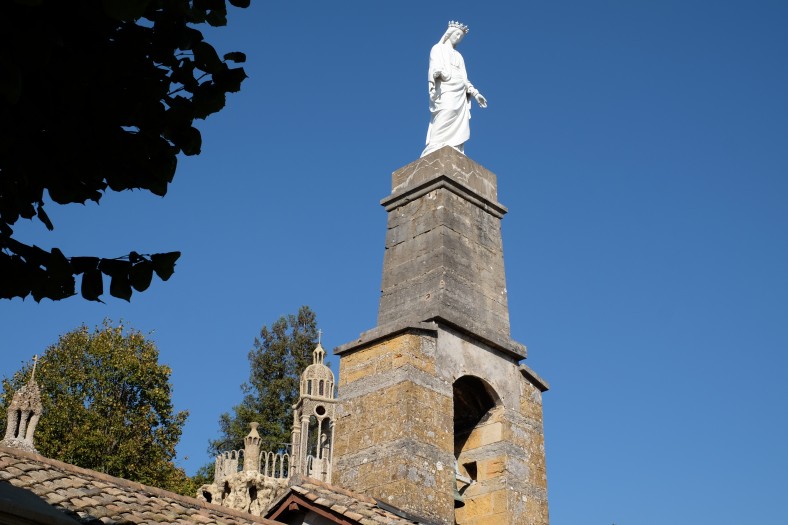
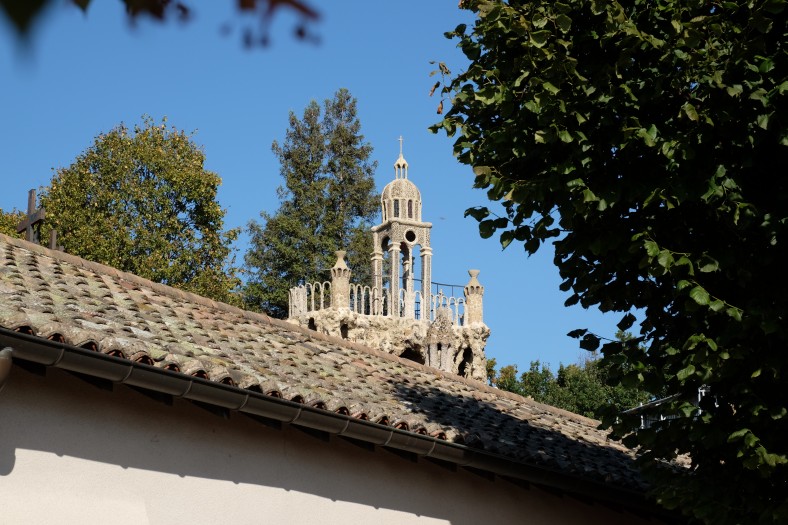

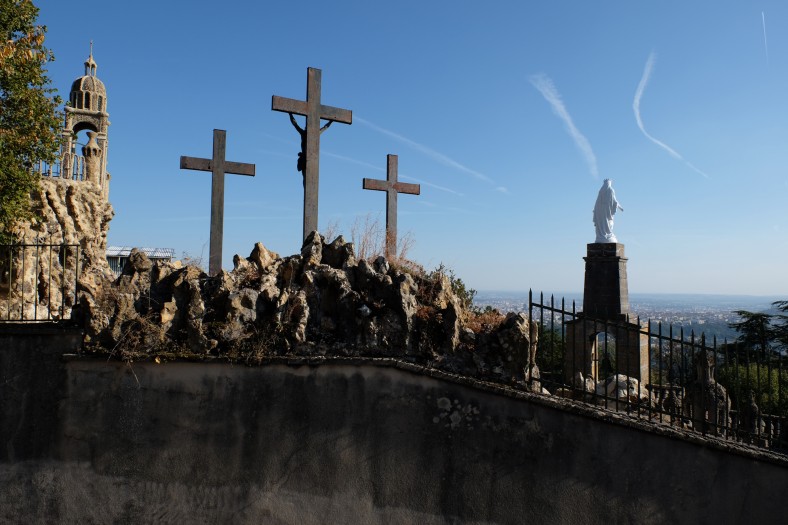
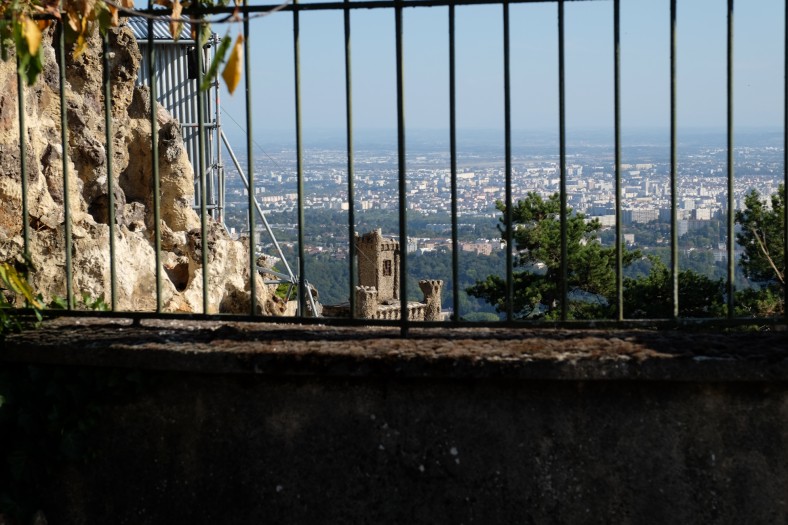
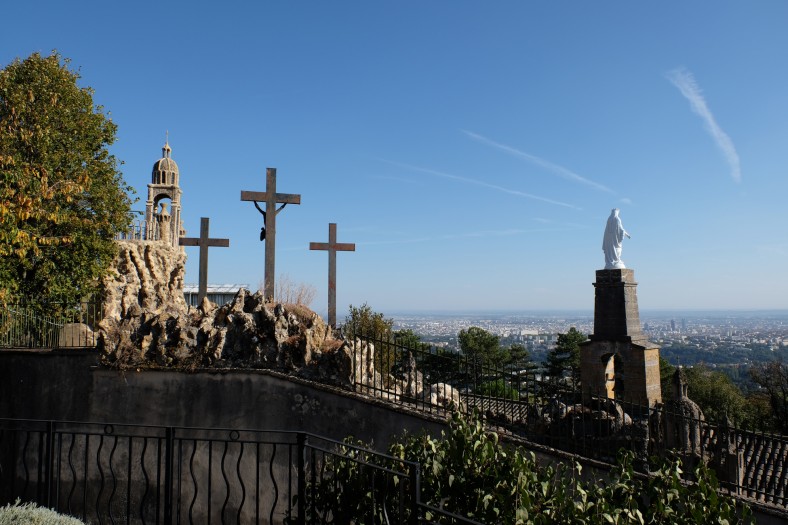
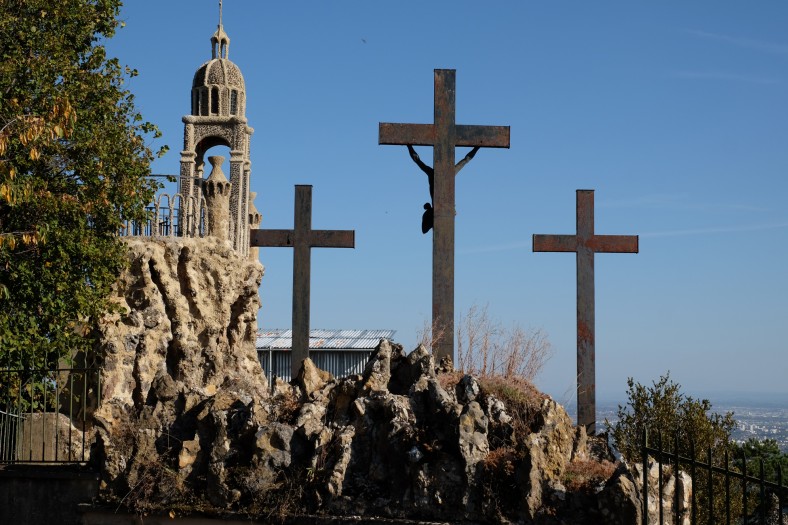
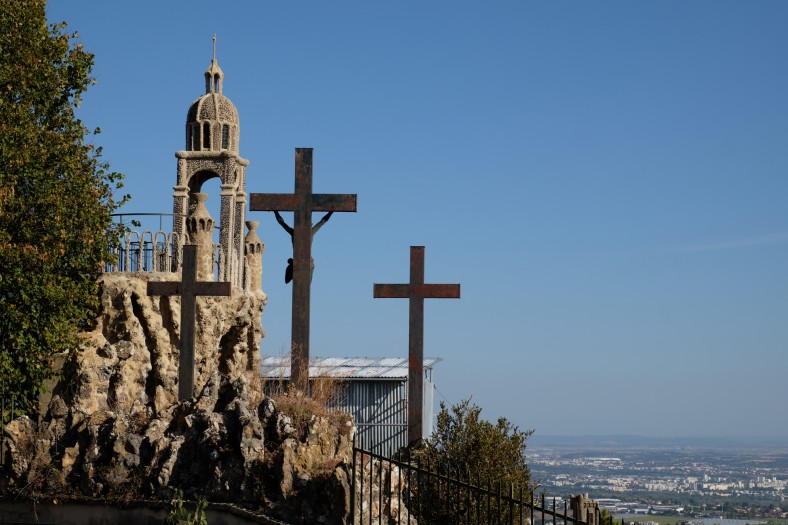

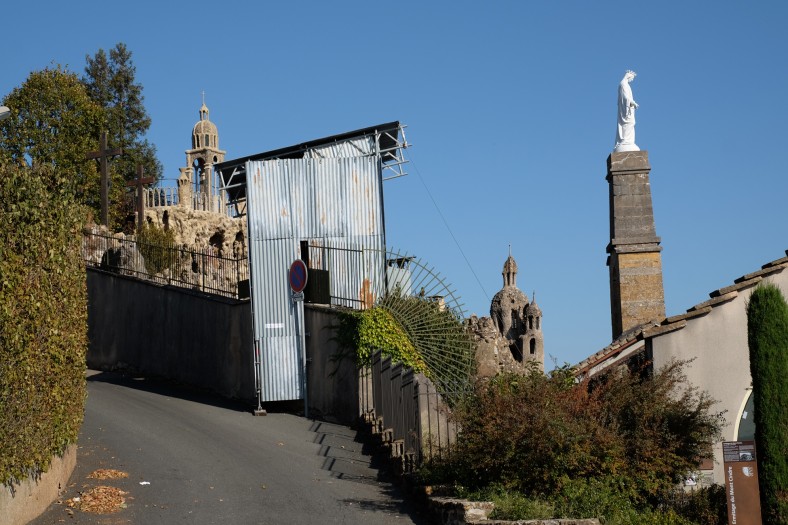
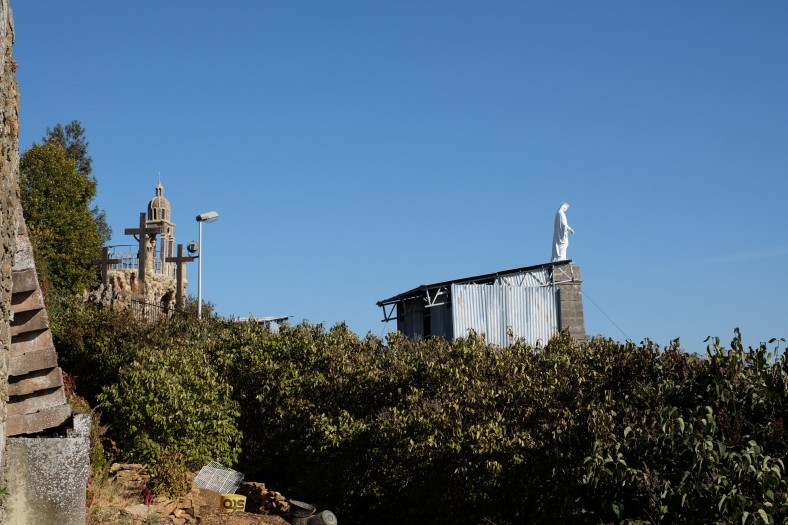
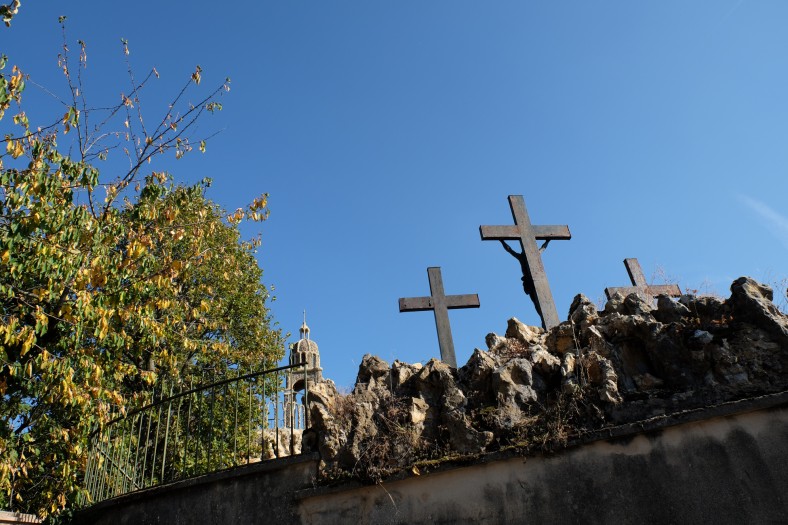
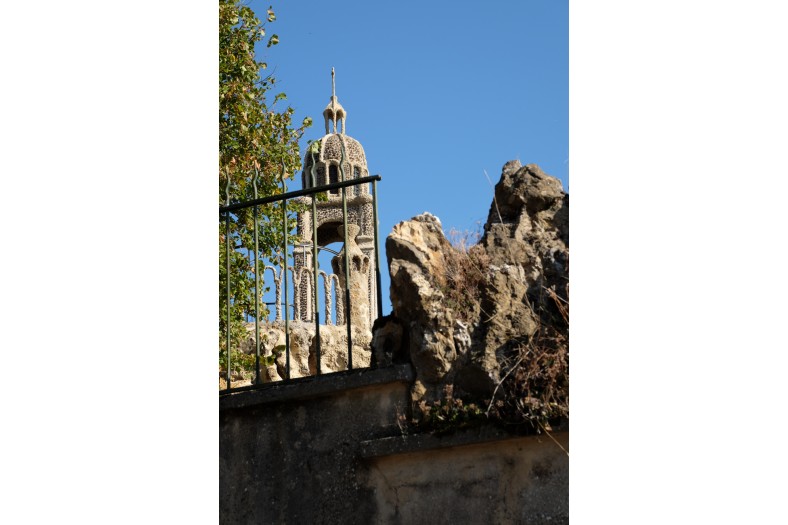
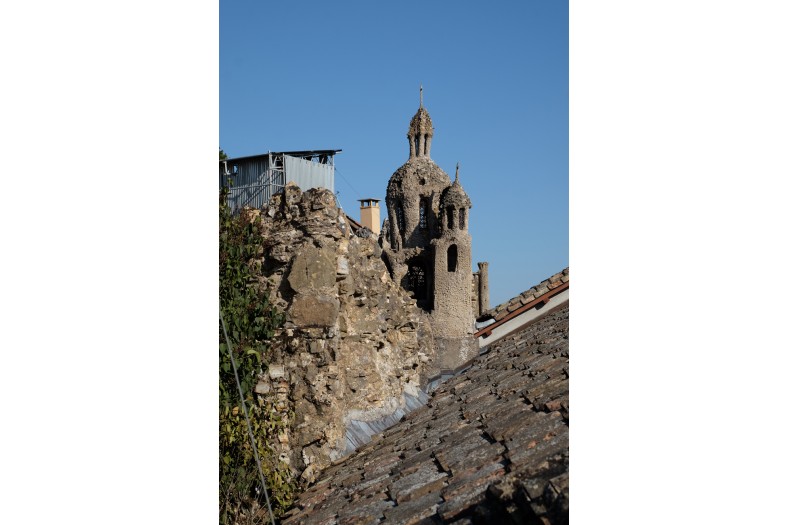
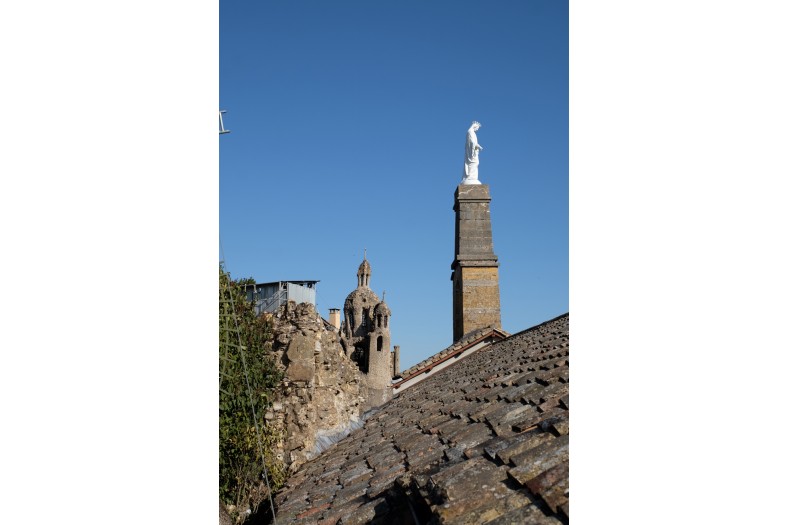
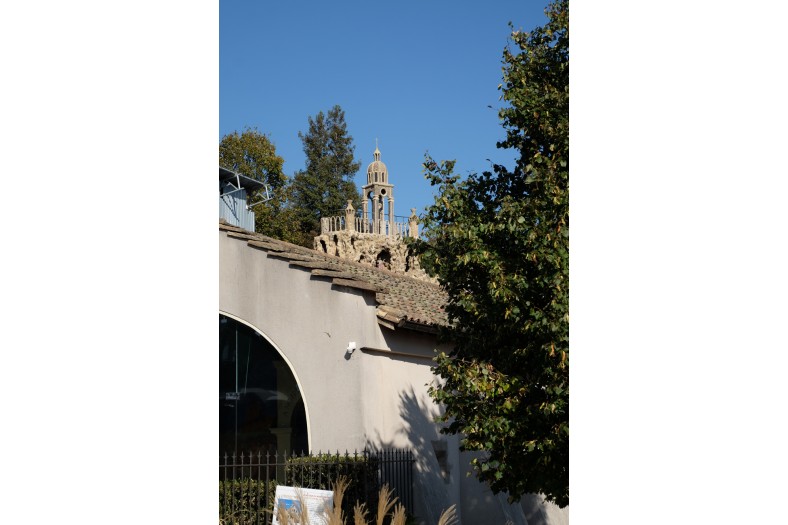
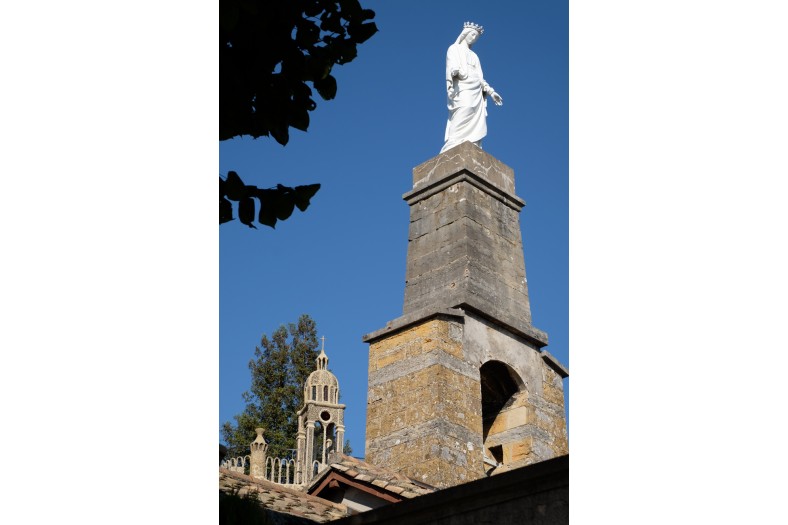

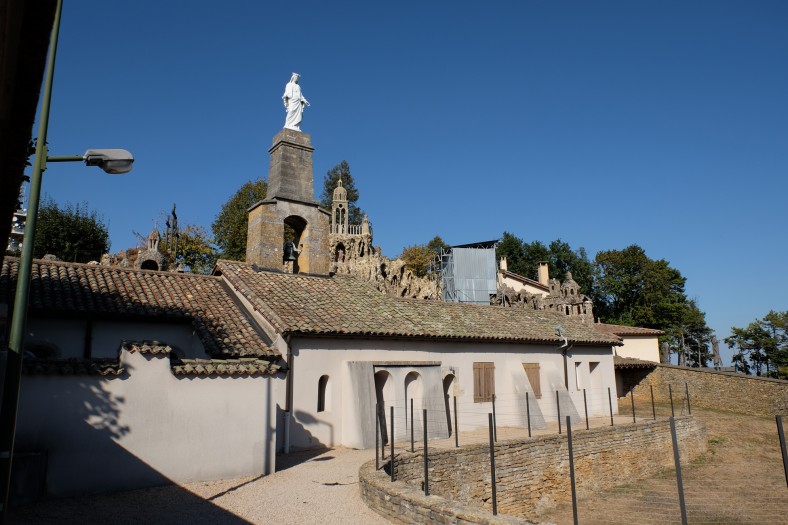
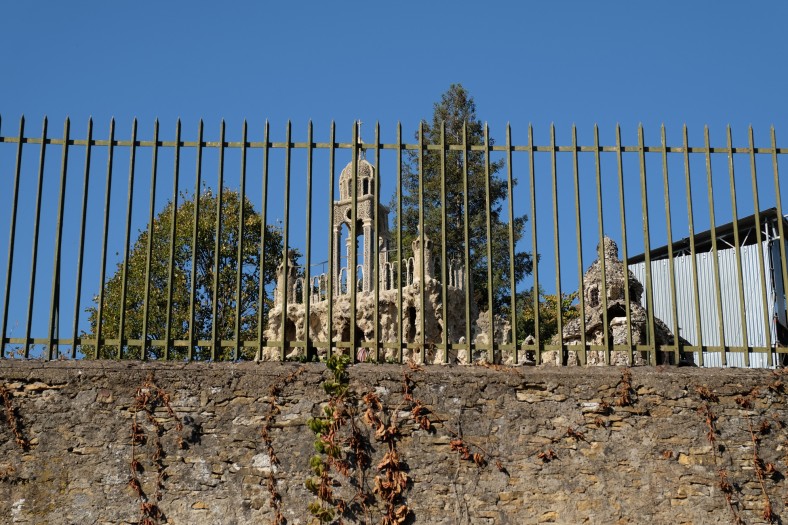
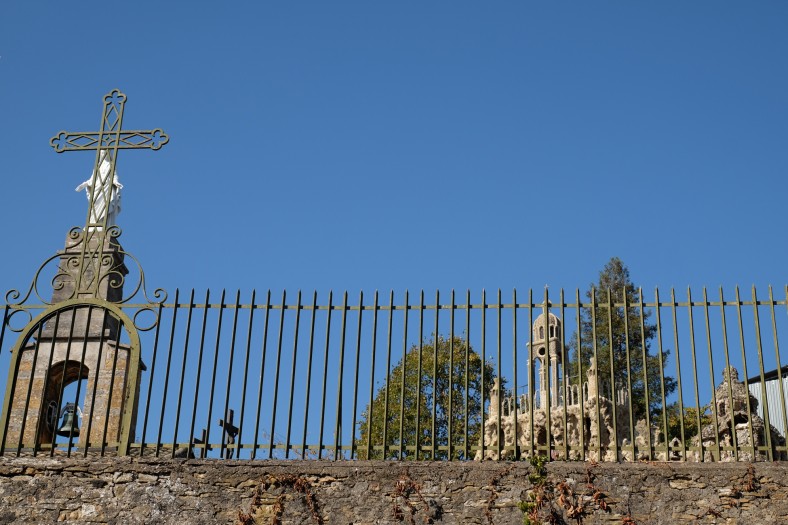
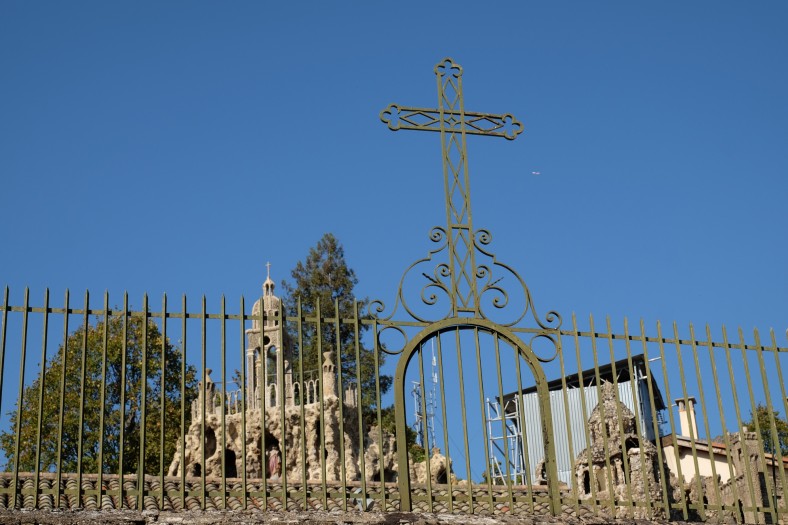
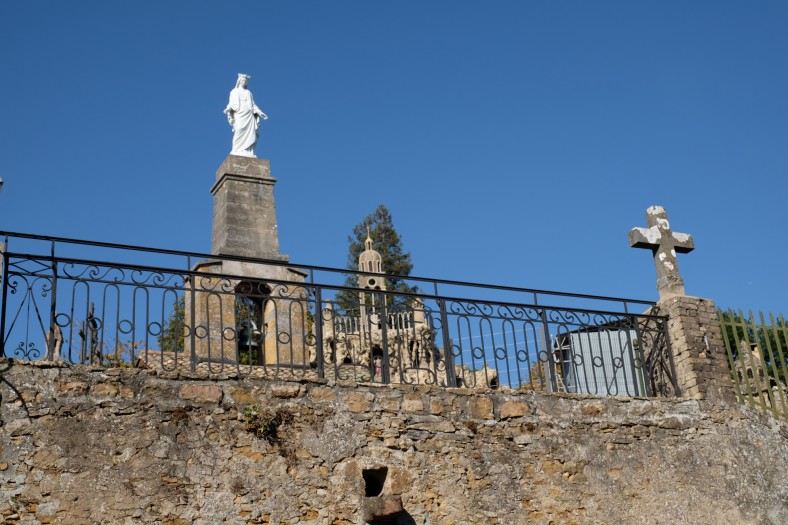
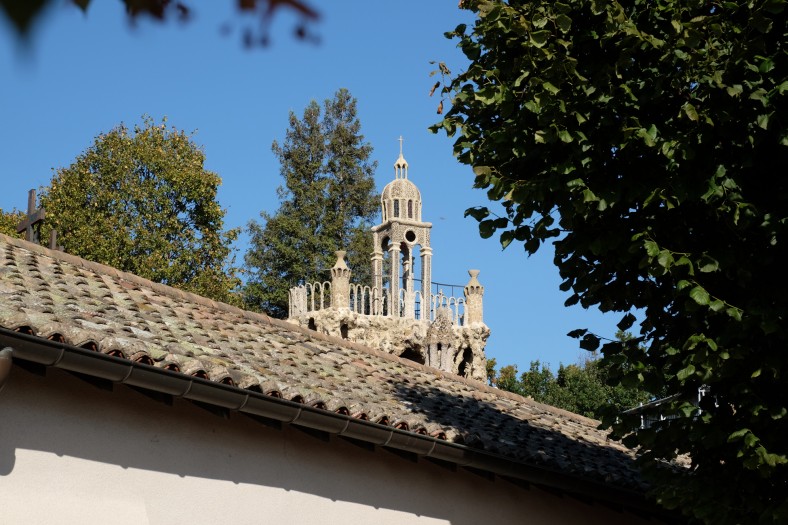
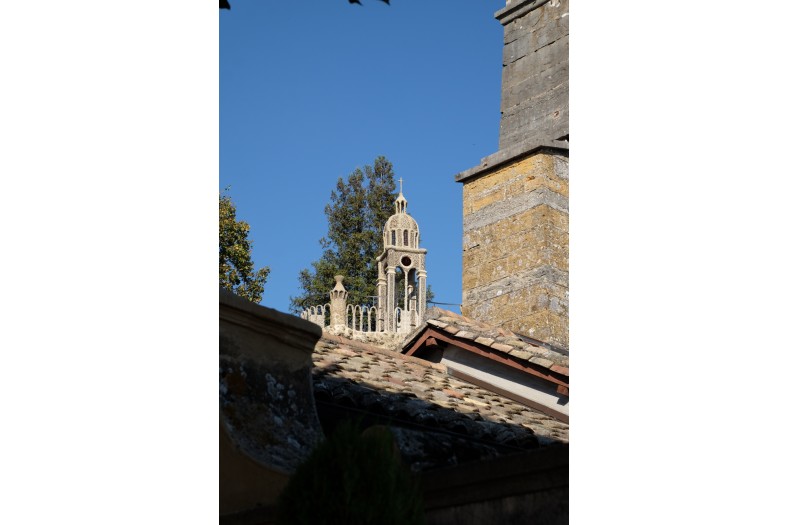
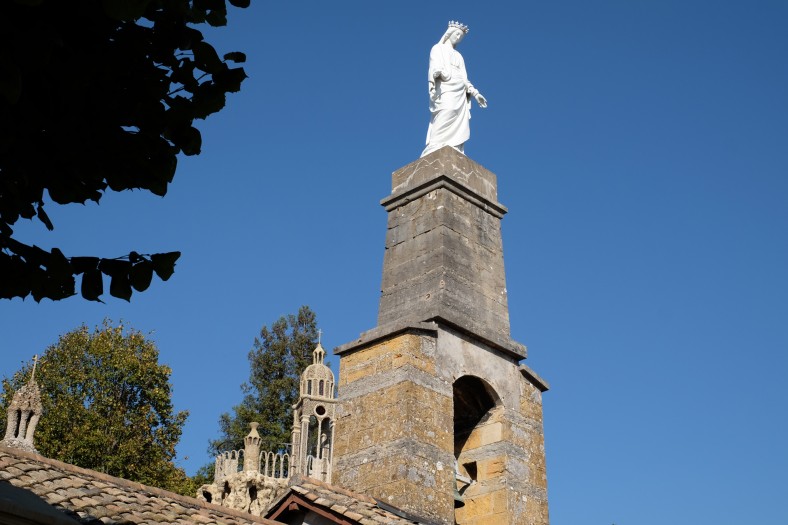
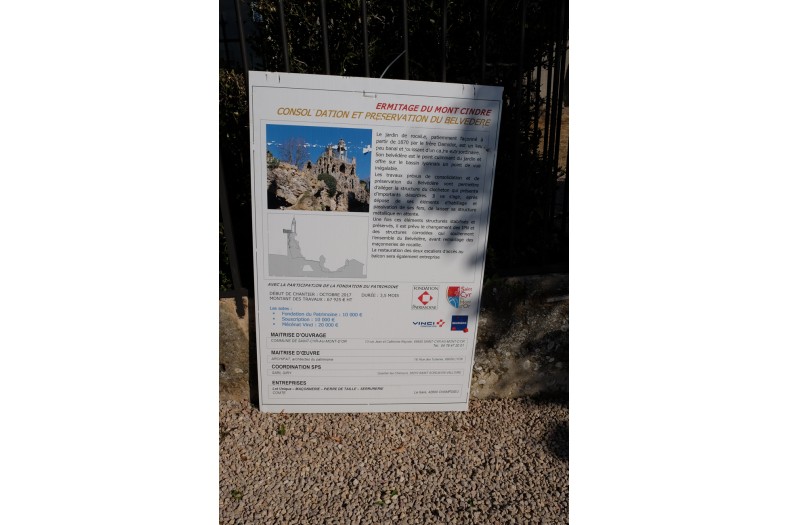
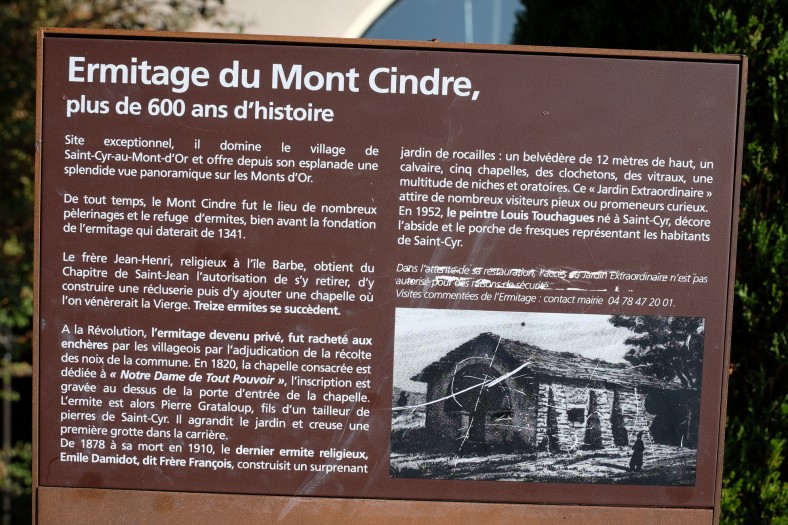
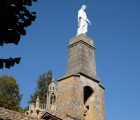
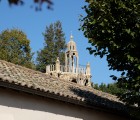
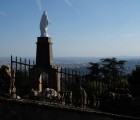
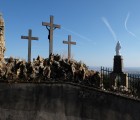
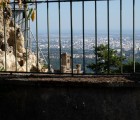
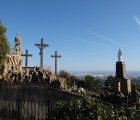
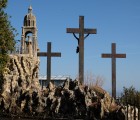
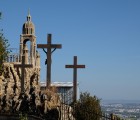
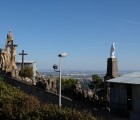
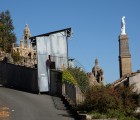
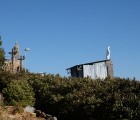
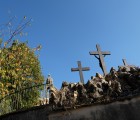
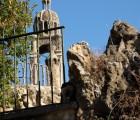
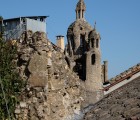
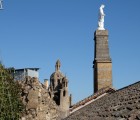
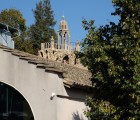
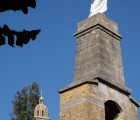
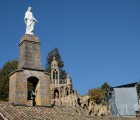
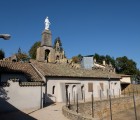
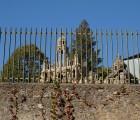
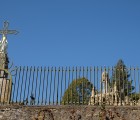
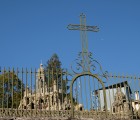
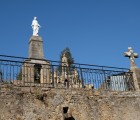
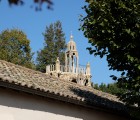
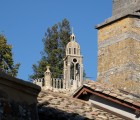
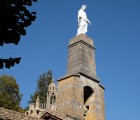
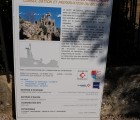
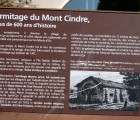
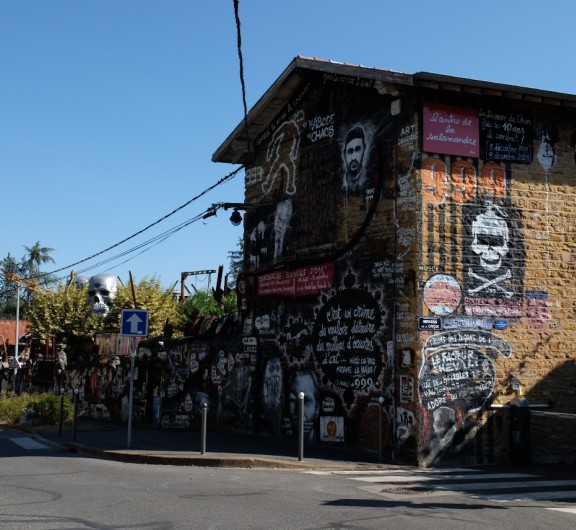
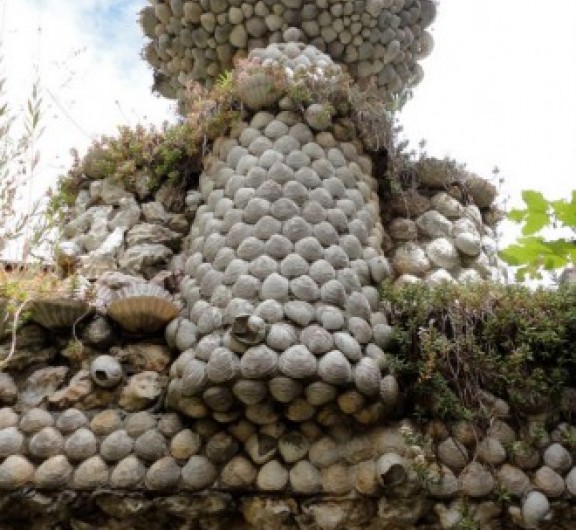
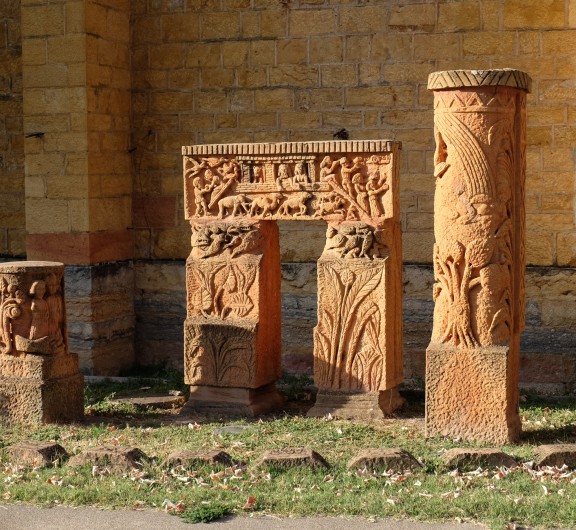
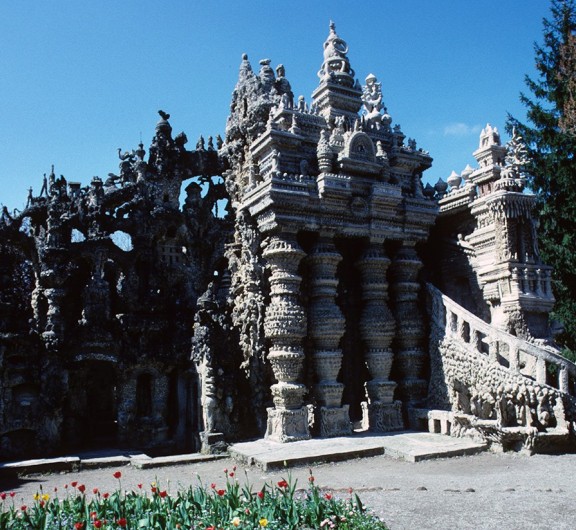

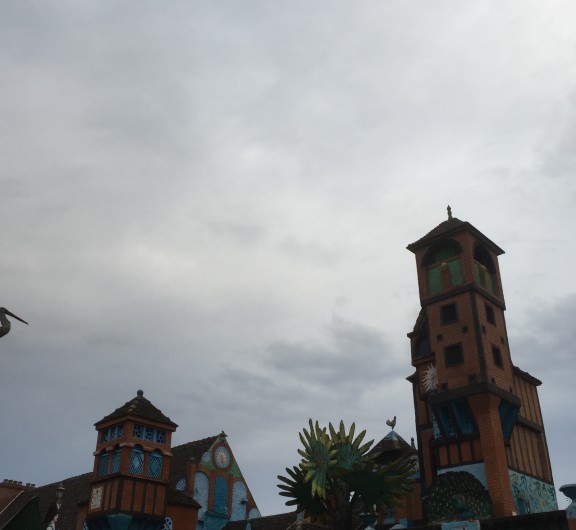

Post your comment
Comments
No one has commented on this page yet.